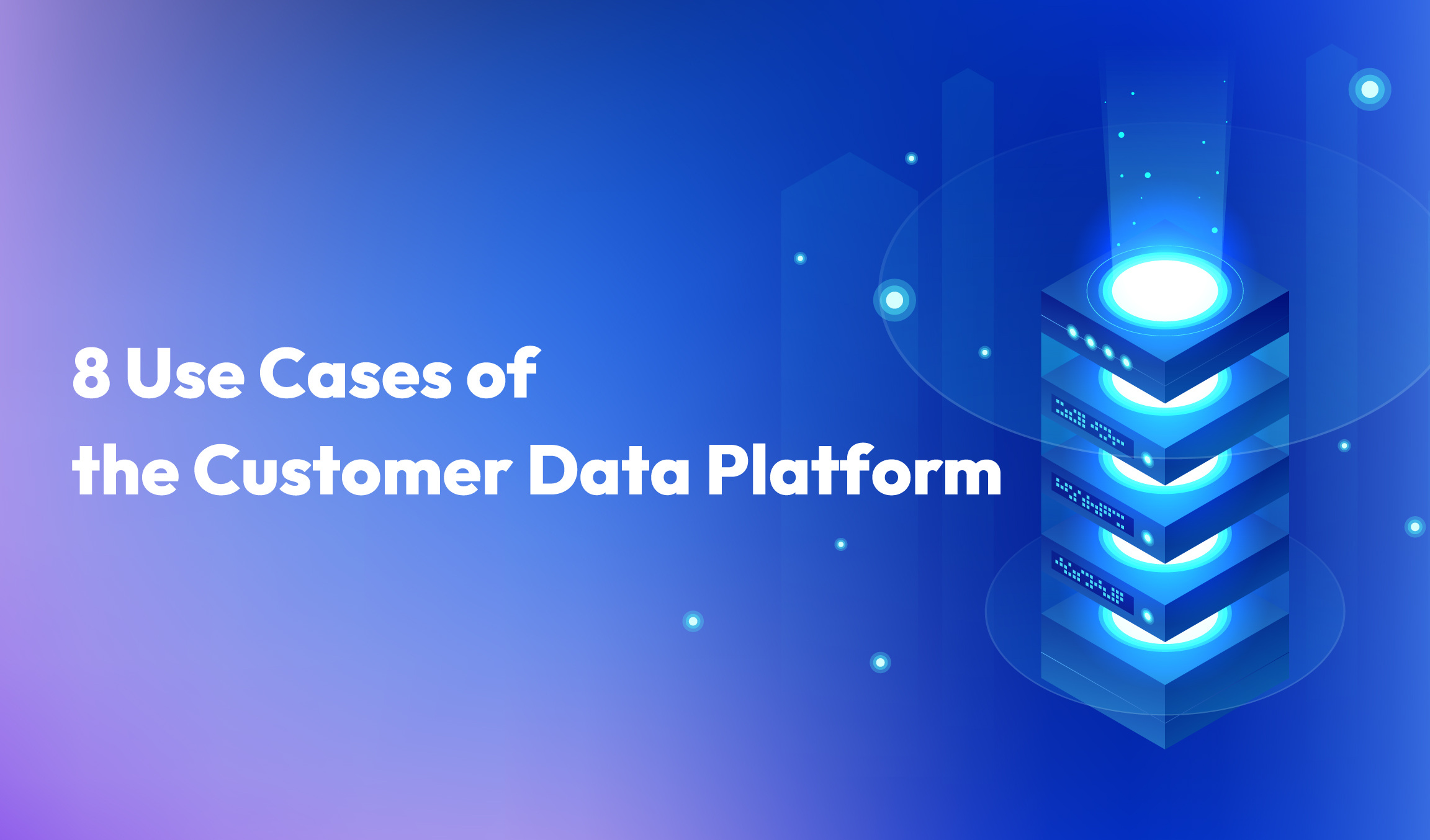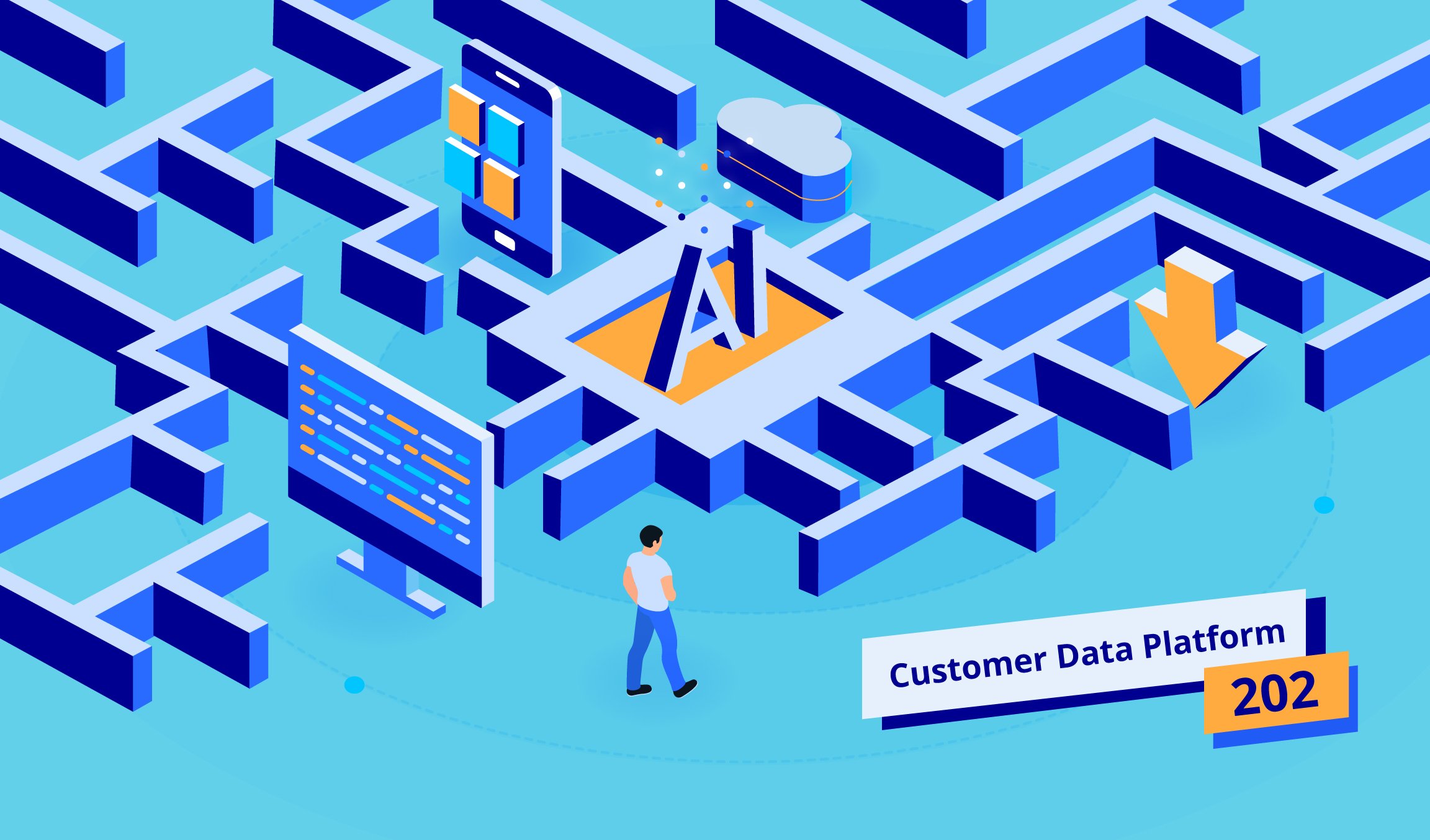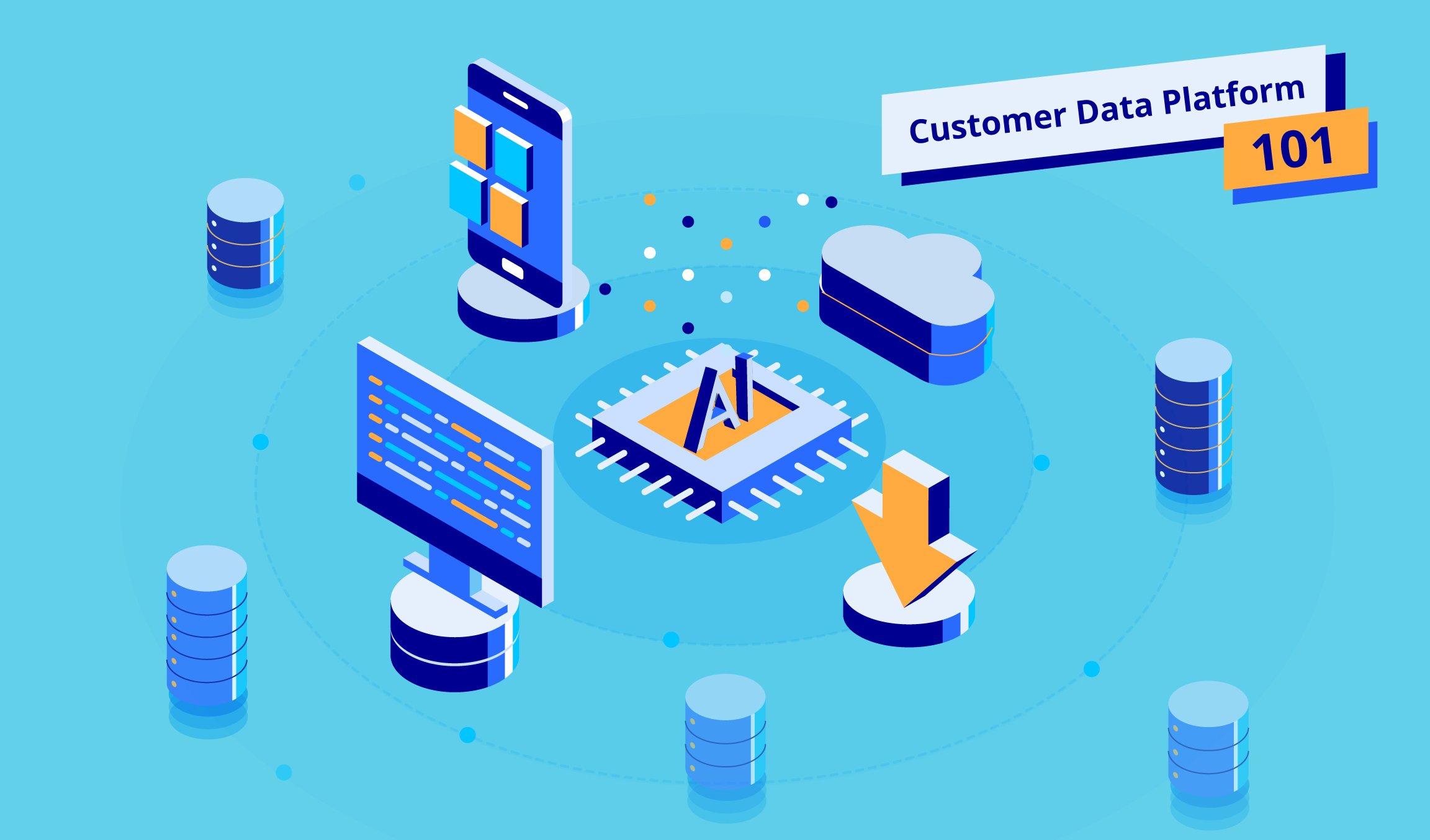4 min read
The world is awash with data – companies are now able to collect and analyze data from more sources than ever before. However, as a marketer, you would be better off prioritizing quality data over sheer quantity in order to create more effective campaigns.
More importantly, while data allows you to find out a great deal about your customers, it also risks breaching their right to privacy.
So how do you make sure you are using data to its full potential without compromising the privacy of your customers? The answer is using first-party data.
What Is First-Party Data?
First-party data is simply data that you have gathered yourself about your customers through both owned online and offline channels. The former includes data relating to customer demographics, behaviors, actions or interests collected from your own websites, apps, CRM, social media channels, and so on.
Offline channels, meanwhile, can include customer surveys, feedback forms, call centers and other methods of customer information in your CRM.
Why Should Companies Prioritize First-Party Data Now?
Namely because you have collected it from your specific audience with their permission, you can vouch for its accuracy. And because you know what you wanted to measure when you set out to collect it, it is more likely to give an accurate picture of your current customer base.
Whether it is purchases, app downloads, in-app actions, social media interactions, subscriptions, or some other kind of data, if it is first-party it has come right from the source, making it much more valuable to marketers.
First-party data also allows you to target returning customers by leveraging information you already have about their past purchases and areas of interest. This lets you show personalized recommendations for related products, as many websites do (Amazon probably being the best example). If you introduce a new type of running shoe, for example, you can market it to those who have shown interest in or purchased a similar style of running shoe in the past.
Why Are Marketers Struggling to Fully Utilize First-Party Data?
While targeting audiences with first-party data holds promise, marketers and advertisers are having a hard time to fully utilize it. A recent survey indicated that more than four in 10 marketers were only tapping into 40 percent or less of their company’s first-party data potential. Some of the key reasons explain why.
- Lacking the right technology. To collect and leverage first-party data, you will need the right software equipped with artificial intelligence techniques like machine learning. Sadly, many companies lack the technology and the technical knowhow to put it to use. If yours is one of them, find a company that specializes in such tools to see how they can help.
- No coherent data strategy. You need to know what you want the data to tell you in order to extract its full potential. Just gathering data blindly with no clear objective in mind will not benefit your marketing campaigns in any way.
- A closed mind. The data might not tell you what you want to hear (maybe your expensive campaign is not meeting its objectives, for example). An experienced marketer will be open to hearing inconvenient truths about their strategy, so they can pivot and better adapt to the market’s ever-evolving challenges.
- Unable to build a single customer view. First-party data can come from a range of channels. To leverage it fully, you will need to merge a single customer’s multiple profiles into one in order to build a single customer view. That way, you can send them only relevant communications at the right time, and not risk overwhelming them with multiple messages.
How to Make the Most of First-Party Data
How you apply your data is key. And with the help of machine learning, you can unlock its full potential much faster than you would have expected.
- Create precise customer segments. By leveraging machine learning, you can analyze data to uncover insights about your customers in order to gain a deeper understanding about them. This will allow you to segment your audience, dividing them up into different groups based on their interactions with your brand, interests, purchase history and so on.
- Optimize ad spend. Blindly targeting everyone will take you nowhere; on the contrary, most of your advertising dollars would be going down the drain. Therefore, it is critical to know the right audience, meaning those who are most likely to convert. To do so, you can use deep learning to predict the conversion rates of these various segments, and then identify the most valuable ones by ranking. You can then focus your ad spend on those segments to increase your ROI.
- Make it personal. Personalizing your website, such as product recommendations, based on first-hand customer interests and keywords will more directly appeal to them. Do they head straight to the recipe section of your site each time? For those customers, put the recipes front and center, for example, or send them a web push recommending relevant ingredients that they might need for the recipe they just browsed. This will reduce the friction of them finding what they like about your brand, increasing their likelihood of returning. In addition, you can also add a personal touch to send your messaging at the right time and to the right device, whether that is through push notifications, email campaigns or content marketing.
- Create lookalike audiences. Leveraging first-party data (both offline and online) will help you find new audiences with similar traits, behavior and interests, thus expanding your brand’s reach.
First-party data is a powerful resource – it is relatively affordable, highly targeted and very accurate. Use it right and it can boost your marketing efficacy dramatically.
* Data overload? Not sure how to create a single customer view and make the most of your first-party data? We are here to help! Get in touch with us for an exclusive consultation today!



